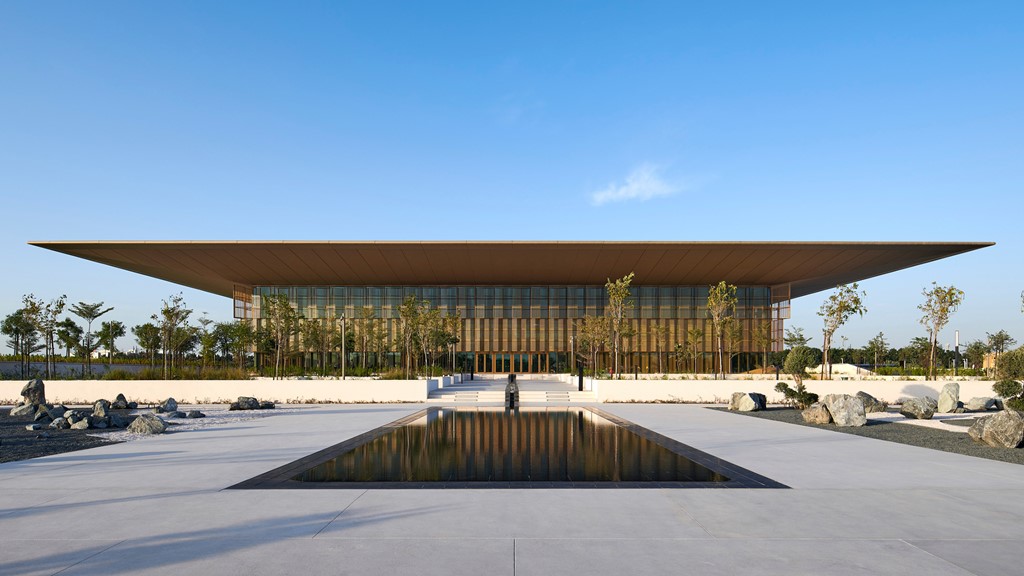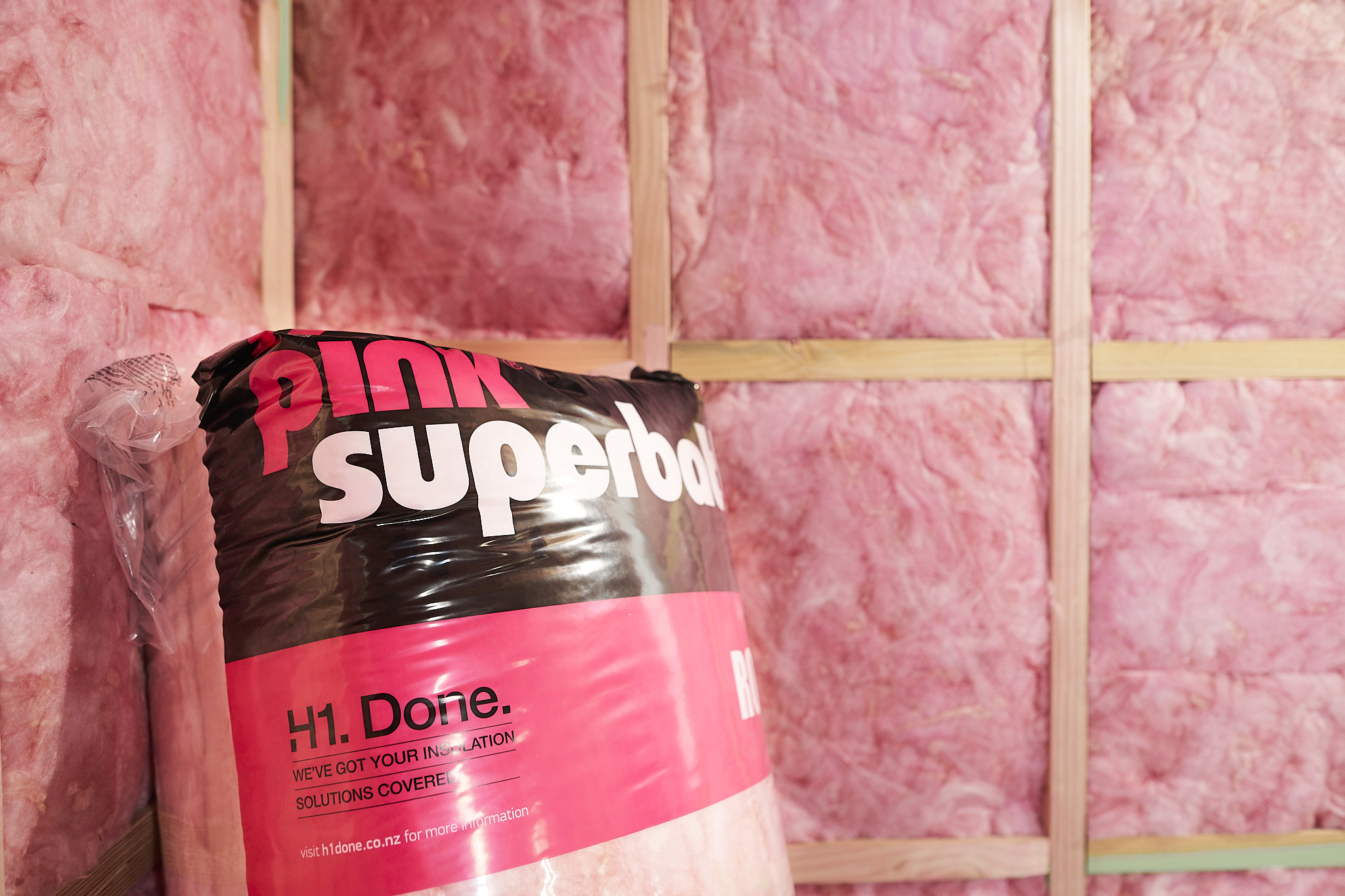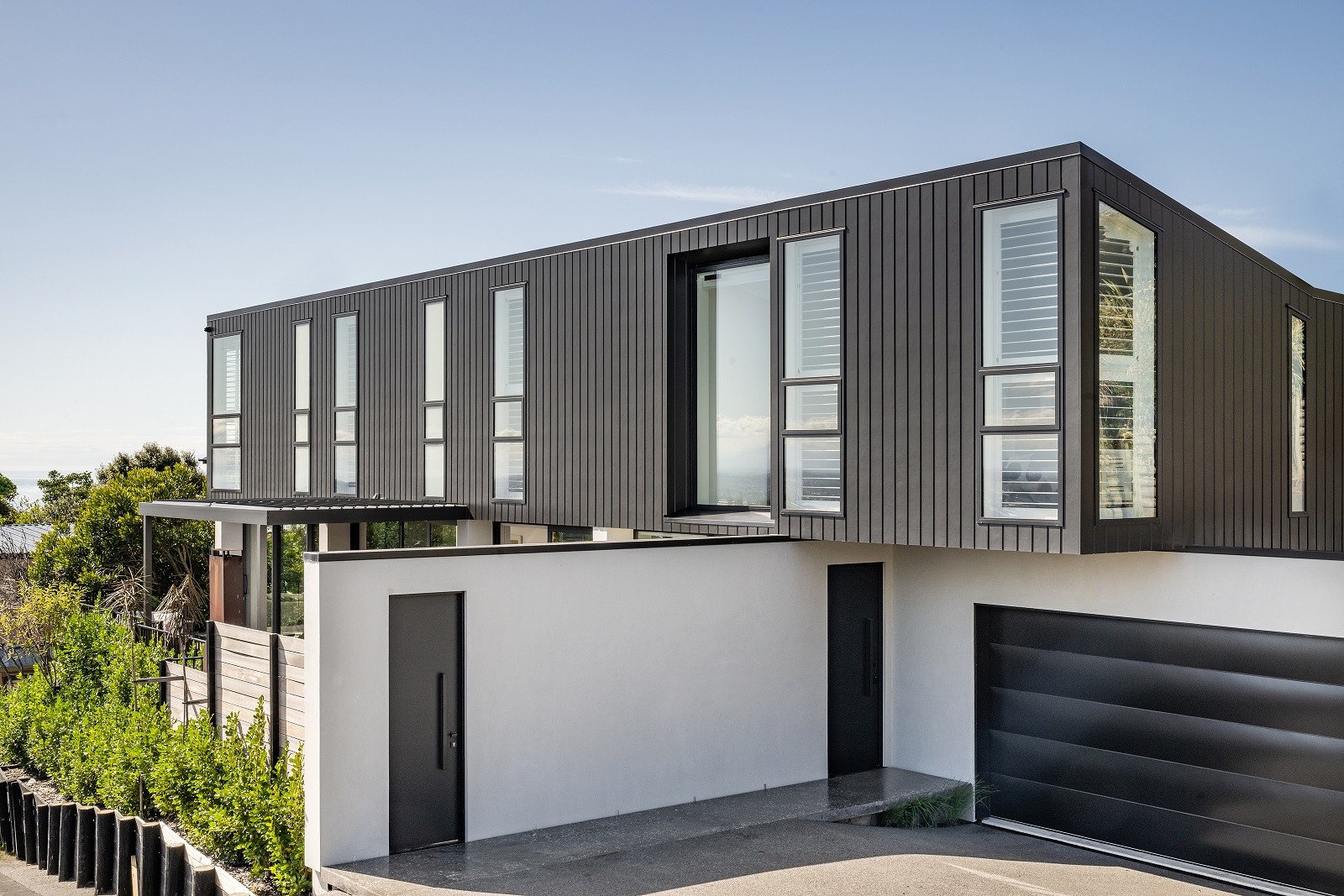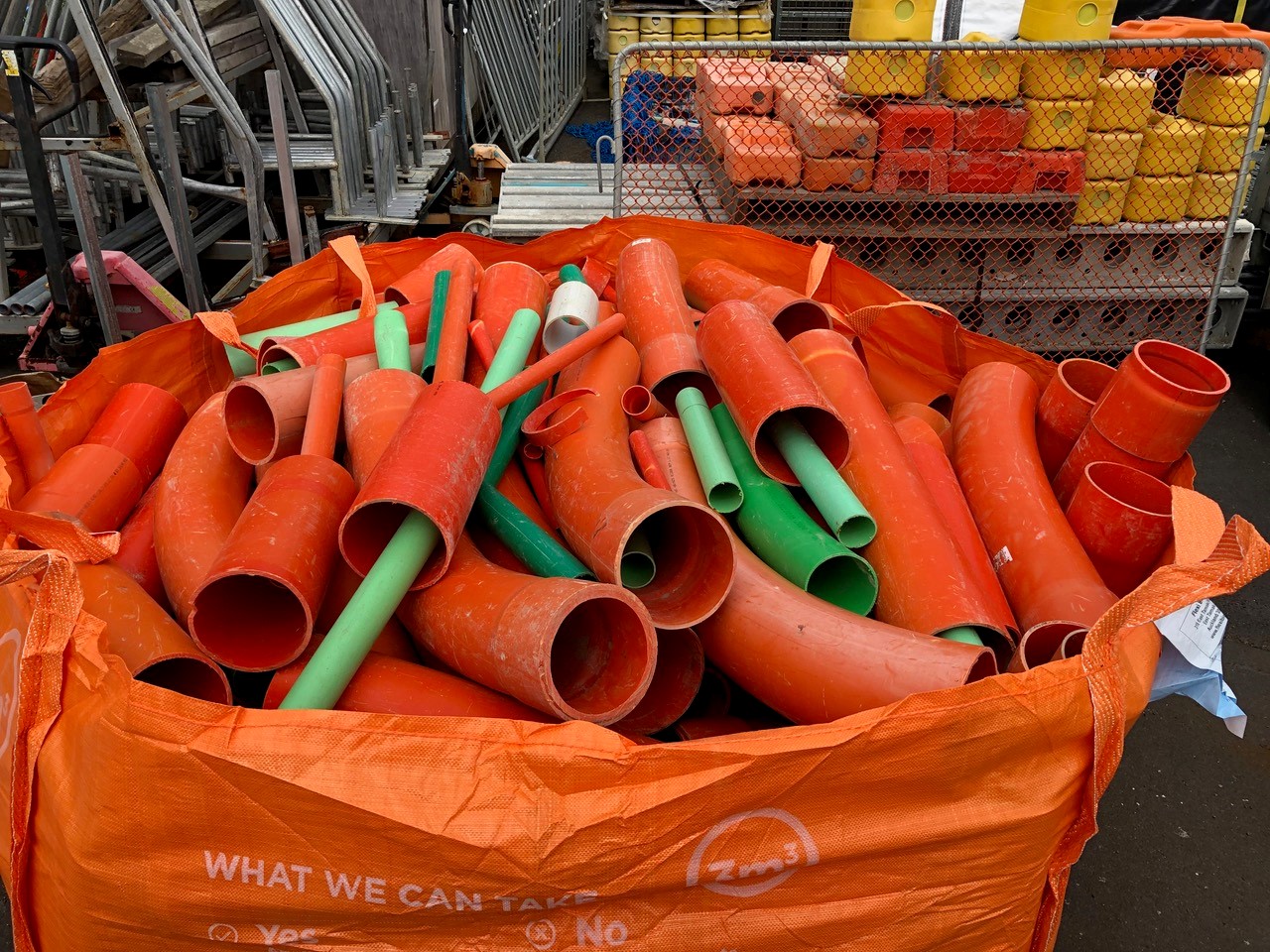Libraries have been testament of civilised society since the advent of the written word - more than just a repository of books and periodicals they are symbols of culture, monuments to knowledge and learning.
The architecture of libraries has evolved over the centuries but still reflect the trends and available construction materials of the era underpinned by the innovation and technology of the time.
Designing and building a state-of-the-art library is the dream commission of many an architecture firm, and in 2019 that honour fell to Foster + Partners when they were chosen to create an iconic modern-day knowledge hub in the University City of Sharjah, UAE.
Two years ago, Sharjah was selected by the UNESCO to be the host city for World Book Capital (WBC), and to celebrate the prestigious title the city began work on the contemporary reimagination of a library, aptly named House of Wisdom.

Now open to the public, the building is by the Sharjah International Airport and a mere ten minutes from the city centre.
With its straightforward, minimalist design the two-storey building comprises of 15 expansive lobbies and halls set across more than 12,000 square feet, nestled within lush ornamental gardens and reflective of the surrounding desert dunes.
A large floating roof supported by four cores that also contain all the back-of-house and service spaces cantilevers with a 15-metre-wide overhang on all sides shading exterior aspects.

Fixed aluminium screens with differing densities filter the low afternoon and early evening sun, while building users are able to move low level bamboo screens to provide privacy, control glare or open to connect with the densely planted and comfortable outdoor environments, perfect for social events or quiet contemplation.
The entrance is on the western edge and leads into a double-height reception hub and spacious central courtyard with a column free floor plate that reflects natural light into even the furthest of interior spaces.

The ground floor contains extensive exhibition rooms, lecture halls, reading lounges, a dedicated children’s educational area, a restaurant, the archive and with a fabrication lab with 3D printers to build prototypes of experimental projects and technology to print and bind books within minutes.
Large sculptural staircases guide people up to the mezzanine which boast futuristic suspended private pods for quiet reading and a host of collaborative community spaces and designed in a way that promotes academic and non-academic pursuits, social learning and cultural interaction.

The upper floor also includes the unique features of a prayer room and dedicated women-only area.
The outdoor landscape is divided into a knowledge garden, playground and water feature to the south and a more a more formal, geometrically arranged garden to the north that that complements the simplicity of the building and overlooks ‘The Scroll’ monument by British sculptor Gerry Judah.

Looping 36 metres into the sky and made of 72 tonnes of steel on a four-metre wide, 240-ton concrete base, The Scroll sculpture is designed to look like an ancient Arabic document and represents how reading can unite people together. Using a form of geometry called ‘developable surface’, the curved shell was created from rolled steel plates, cut by lasers guided by computer control, welded together and painted with multiple layers to protect the steel from sandstorms and weather erosion.
But perhaps most importantly, the library will be home to more than 305,000 books including hard copies and vast digital resources, all giving the local community and scholars a dynamic new space for shared learning and innovative research.




